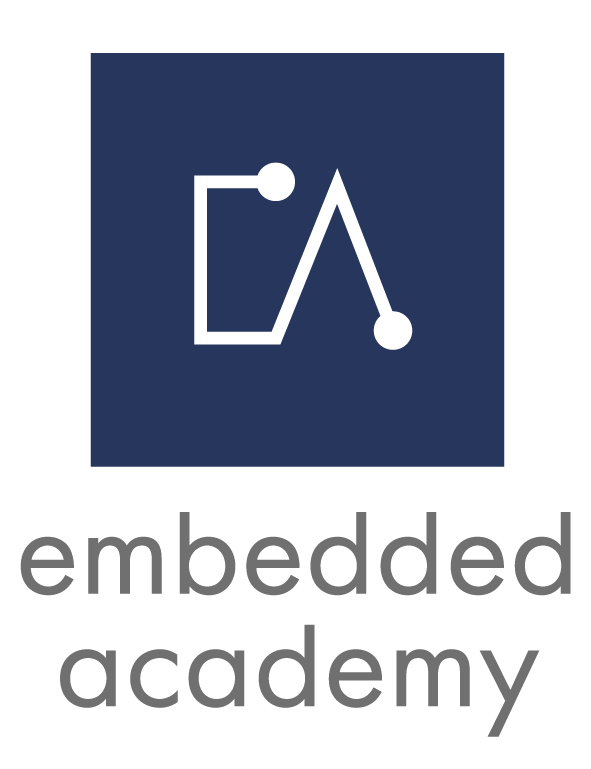E-Learning Course EV Charging Fundamentals
Content
E-Learning EV Charging Basics (35 min)
- EV charging system approaches
- AC and DC charging
- Charging modes according to IEC 61851-1
- Charging power classes and standards
- Charging plugs for AC and DC charging
- Charging dependency on the State-of-Charge (SOC)
- Introduction to bidirectional charging
E-Learning Automated Charging (15 min)
- Magnetic flow as defined by Nikola Tesla
- Inductive charging and its types
- Inductive charging layout and efficiency
- Auxiliary functions FOD, LOD and positioning support
- Benefits and drawbacks of inductive charging
- Automative conductive charging, including system requirements and charging process
E-Learning Charging Use Cases (20 min)
- Charging use cases overview
- Charging at home including an example on the charging speed
- Charging at work and at a shop
- Charging at travels including an example
- Charging Use Cases: Vehicle to Device
E-Learning Grid Interaction (20 min)
- Electric Vehicles EVs and renewable energies
- Energy production and the way to renewable energy
- Energy consumption and pricing
Target
The target of this course is to introduce the learner to all important aspects of electric vehicle charging.
This course offers information for anyone who is new to the topic of EV charging. It is suitable for non-engineering staff, managers as well as programmers and engineers.
Trailer
Insights
Course Content
What does Electric Vehicle EV Charging Mean?
Electric vehicles need to be charged by providing electricity to the EV. The goal of EV charging is a controlled, and in most cases also chargeable transfer of energy between the two parties. This charging process can take place via alternating current AC or direct current DC. With alternating current, the simplest method is to charge via the common household socket. However, this only provides you with low power. An alternative is a wallbox or an AC charging station EVSE. Another option is charging via a DC charging station. It usually provides more charging power, as it can charge the battery directly.
Why Is Charging of Electric Vehicles Needed?
Basically, an electric vehicle needs electrical energy to be able to drive. Understanding EV chargeing is not only important for car manufacturers and their suppliers but also for the providers of charging infrastructure – the manufacturers of wallboxes and charging stations EVSE.
Electric vehicle charging is becoming an increasingly important topic, in particular in respect to the energy transition towards renewable energies.
How Is Electric Charging Related to Embedded Systems?
Embedded systems are specific electronics, which are provided with the software that runs exclusively on this hardware. For electric charging, embedded systems are used both at the charging infrastructure and vehicle sides. These handle the controlling and monitoring of the power section during the charging process as well as the low level and high-level communication between the parties. Relevant embedded systems include the control unit of the On-Board-Charger OBC, the Battery Management System BMS, the Foreign Object Detection FOD, the inverter control unit, the electronics and software for the components within the charging station EVSE.
What Can You Learn About Electric Charging in the Embedded Academy E-Learning?
The e-learnings of this course introduce the user to the field of EV charging.
First of all, the reader is made familiar with the basics of EV charging. This includes the charging modes, levels, and also the standards. Various charging standards have been developed for the different regions world-wide in recent years. For instance, the charging plugs are differing. There is CHAdeMO in Japan, GB/T in China, Type 2 and CCS2 in Europe, Type 1, CCS1 and NACS in the US.
Afterwards, one e-learning focusses in particular on automated charging also explaining the auxiliary functions FOD, LOD and positioning support.
To place EV charging into relation to our everyday life, use cases of EV charging like charging at home are discussed as well. This also includes examples on the required time for charging.
Moreover, it is also important to be informed about the grid interaction, which includes topics such as energy production and green energy.
You must log in and have started this course to submit a review.
